Last updated on October 24th, 2022 at 05:21 pm
My sister’s friend moved from a house with a garden to an apartment. She used to make her own compost, but no longer had room for the compost bin. Long story short: since March I’m the lucky new owner of a big dark grey compost bin. I’ve always wondered what it would be like to make my own compost, but never got around to learning about it. I guess it’s high time now. And so my research begins. What are the do’s and don’ts about composting?
The online community has infinite wisdom, so I reached out to the Wasteless Planet followers on social media. Not too many of them seem to make their own compost yet. Who knows, maybe this article might make them reconsider. Some of my tweeps came to the rescue. I love Twitter and I love my tweeps, just saying. Solid advice packed in short messages. Let me share their important composting lessons with you.
No meat or fish
Don’t put any meat or fish on your compost pile. This was the first tip I got on Twitter, from Philip Paulukat. And it’s both the most logical one as the most important one. First of all, it will start smelling so bad, you don’t want to be anywhere near it. Even if you could handle it yourself, you don’t want to treat your neighbors to the smell of rotting meat or fish. Another downside to putting meat or fish in your compost bin, is the breeding ground you build for flies. You’ll have flies anyway, also in a plant based compost pile. But those are the tiny ones, that remain close to the compost bin. Meat and fish attract the big, buzzing, black flies that somehow always seem to want to occupy your home.
Wet layer – dry layer
For your food waste to become compost, the pile needs to be humid. When your vegetables start decomposing, they will secrete water and juices. The humidity will help the composting process. The trick is, not to let it get too wet. Both Philip Paulukat and Zero Waste Chef Anne-Marie Bonneau taught me to keep the pile moist. The best way to make sure your compost doesn’t get too wet, is to layer your pile: dry layer – wet layer – dry layer -wet layer. You get the idea. The dry layer is the one with leaves and branches from your garden. The wet layer is your food scraps. When you notice the compost pile gets too wet, add an extra dry layer to compensate. Oh, and it helps to give it a stir now and then.
Insects and worms are your friend
To turn your food scraps and garden waste into fertile compost, you’re going to need natures help. Philip Paulukat says it best when he tweets “insects and maggots are your friends”. Because they are. And so are worms. They will eat their way through your food waste and slowly but surely transform it into mulch. So now, whenever I run into a worm while weeding, I put it in the compost bin and thank it for helping me out.
No oily foods
The worms and insects that you need for your composting success, need some consideration in return. They aren’t demanding creatures at all, but you can make their lives easier if you keep your oily foods away from them. A great tip from Anne-Marie Bonneau. You don’t want oily food waste in your compost pile anyway, because it will mess up your layers. You want your layers to remain airy, not a solid clogged up mess. Both your worms and your layers will be grateful.
Composting apartment style
It was impressive to learn from Zero Waste NYC how people in apartments still manage to compost their food waste. They are so dedicated, they keep their food scraps in their freezers. They keep the food waste frozen until their next trip to a pick-up site where they can put their scraps on the big, community compost pile. I love that, and I would have never thought of it myself. Brilliant simplicity.
My experience so far
It all sounds simple enough, doesn’t it?! And yet I managed to make a mistake right from the start. I thought, since the compost bin would be mainly filled with food waste, it would be comfortable to have it close to the kitchen. As in, right next to the back door, underneath the kitchen window. Really?! What was I thinking. A compost pile always attracts flies. Even though they are the small kind that love rotting plants and not the big meat loving kind, they are still flies and they sure up their numbers fast. Needless to say, after a few weeks, my husband and I picked it up and moved it to the back of the garden. Away from the house and away from our outdoor seating area. Duh.
I’ve also noticed this will be a long term game. It will take several months for nature to turn my food and garden waste into beautiful, fertile, mulchy compost. Probably even more than a year. Although, that might be different in different climates. I’m hoping next spring I’ll be able to use my first self-made compost to fertilize my flowerbeds.
If you have any more tips, please let me know in the comments below. Or share your own experience with composting. And if you feel inspired to start composting too, I’d love to hear how you are doing. Good luck!
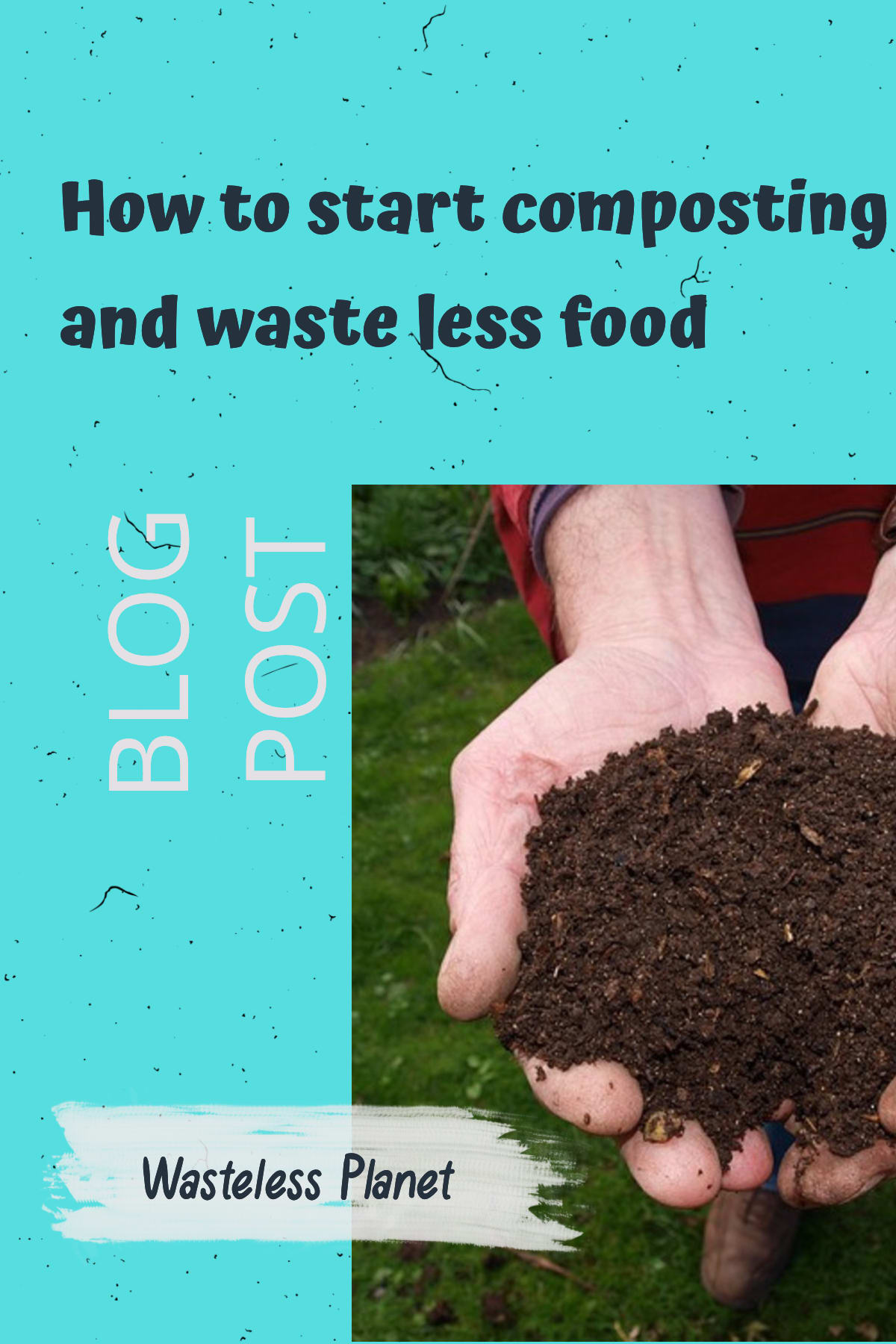
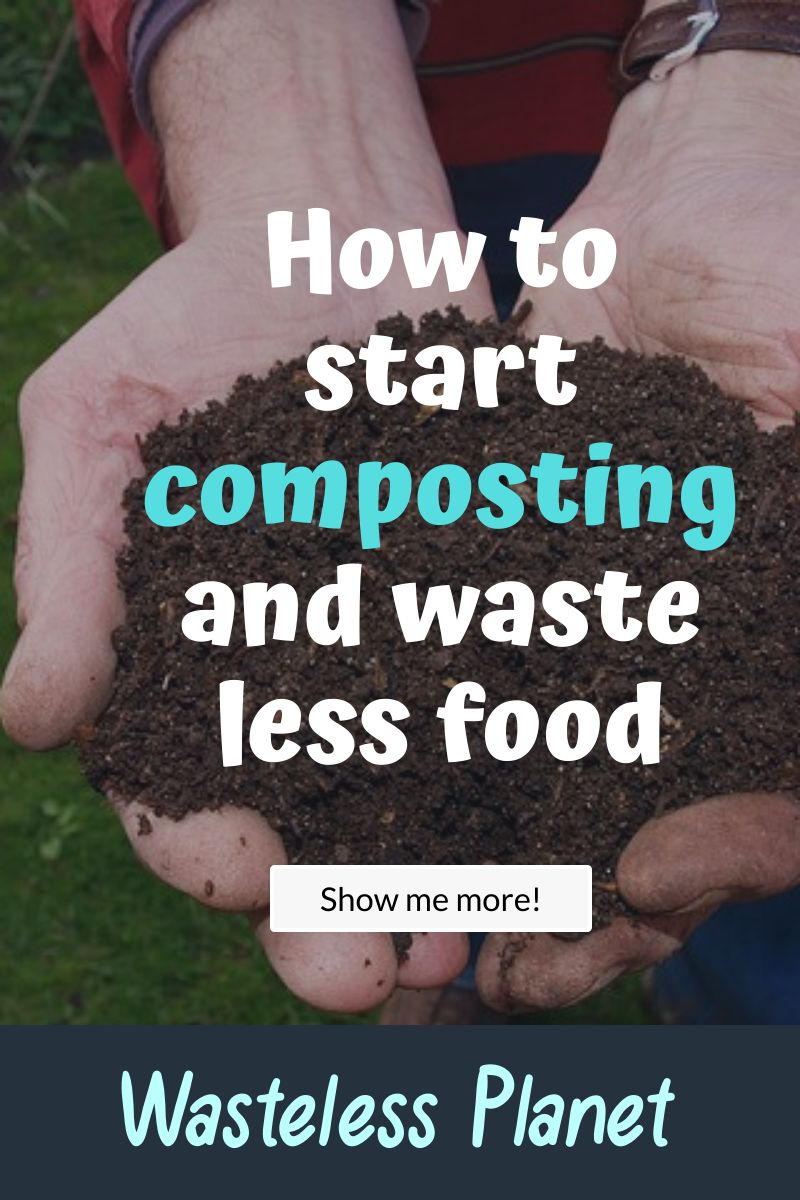
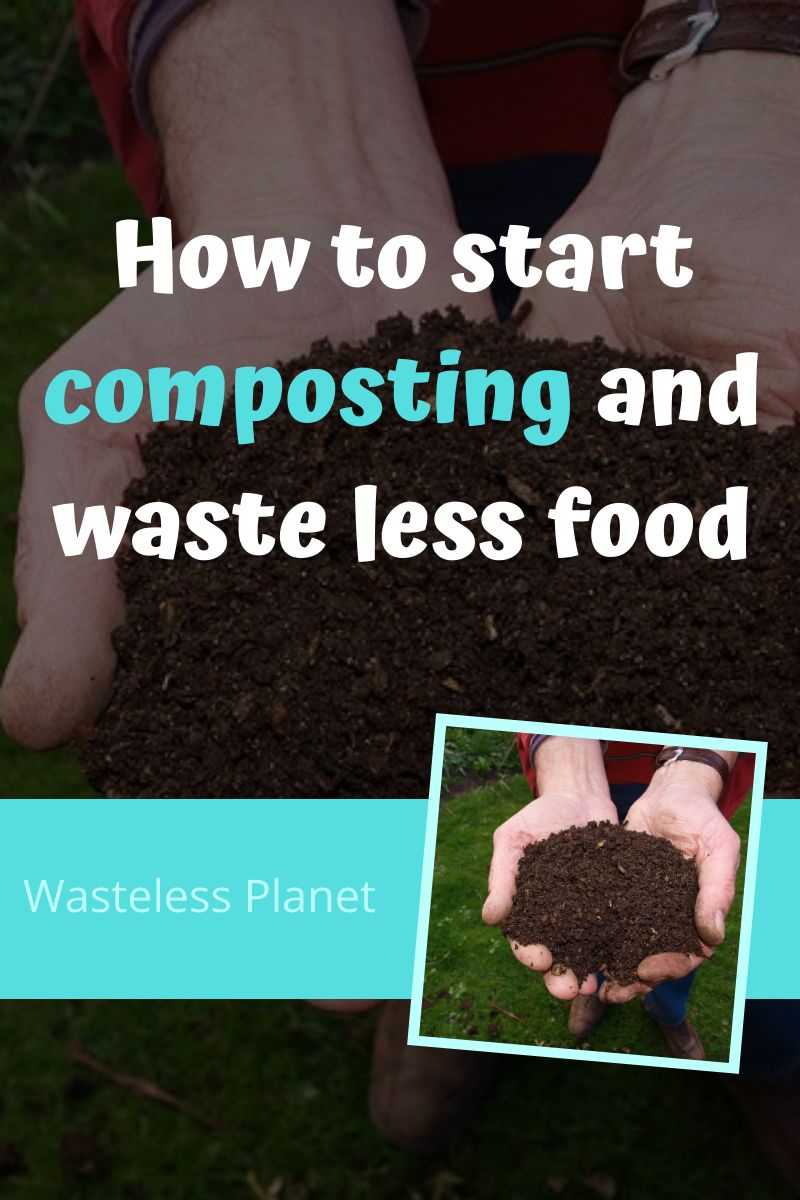
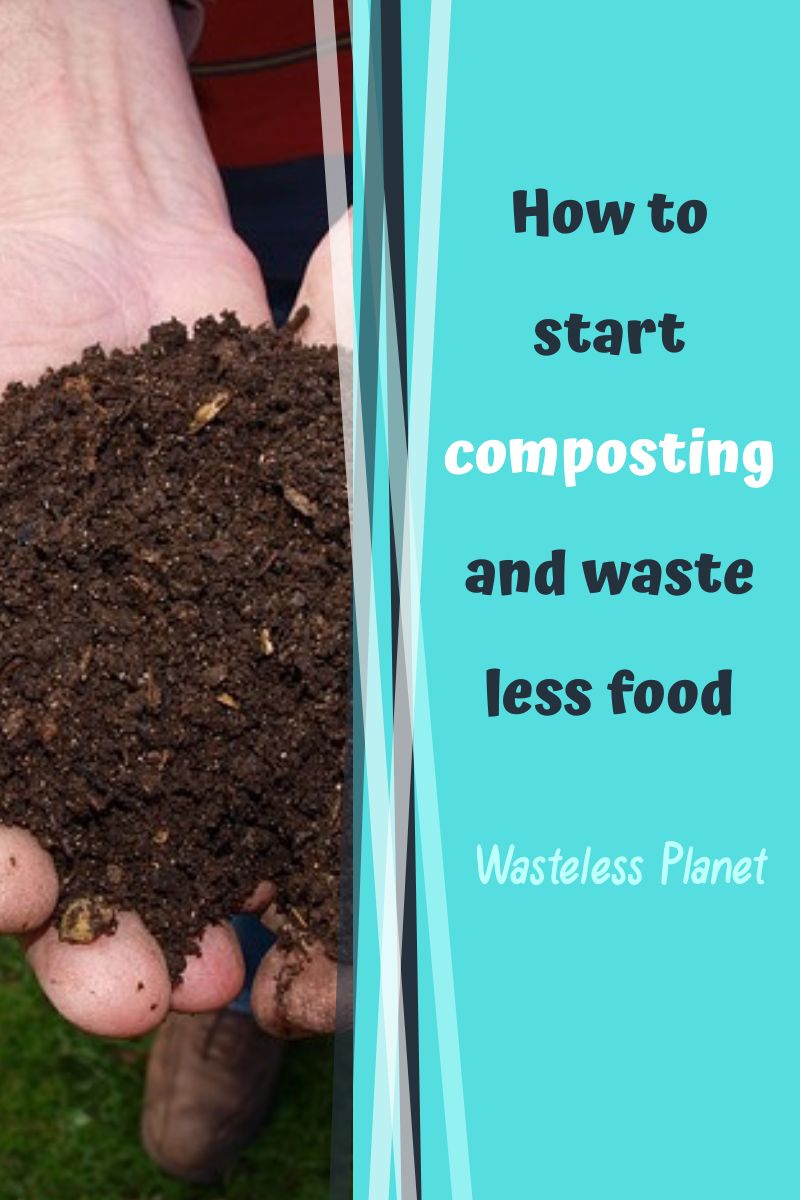
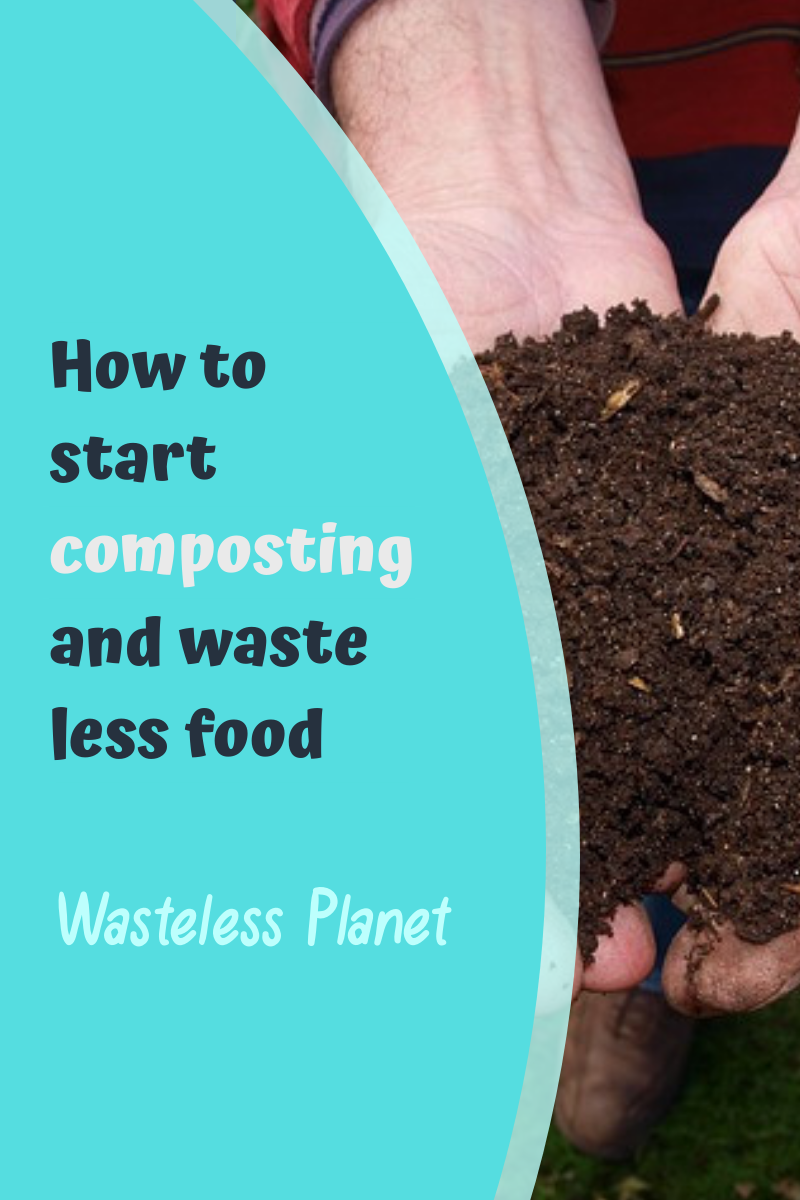
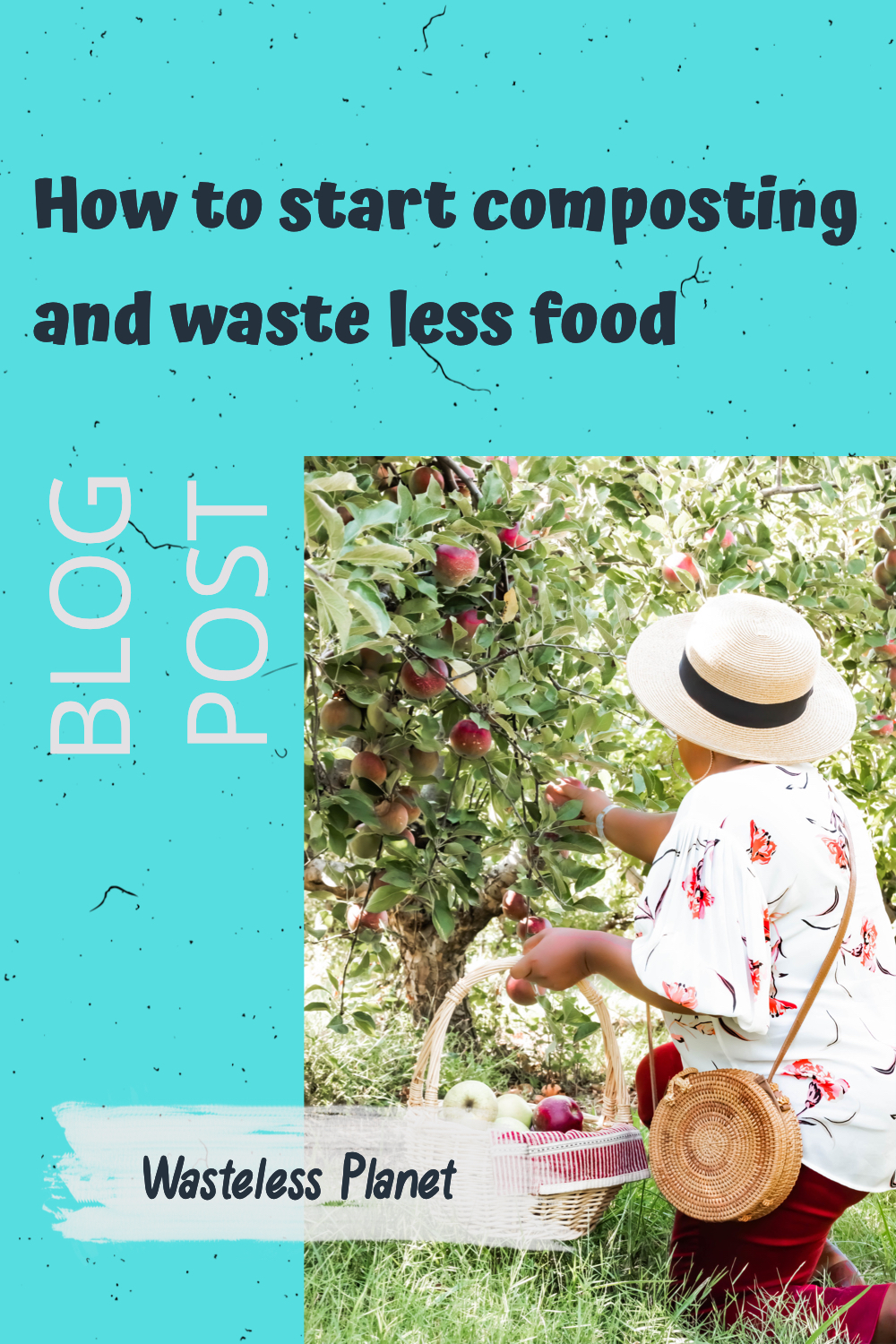
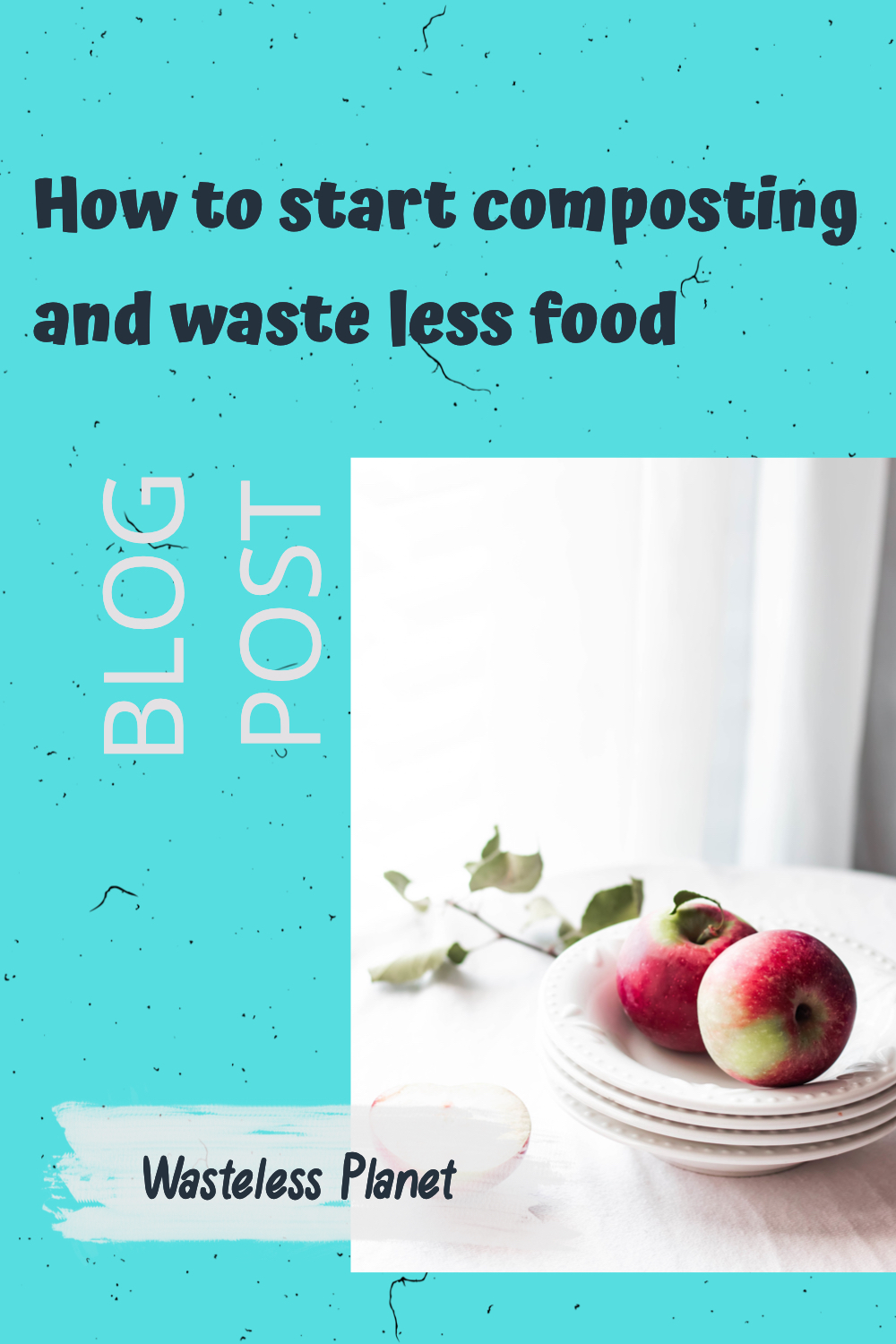


Yea, I made the same mistake as you, I thought it would be okey to have it close to the kitchen. And I did not know it is bad to put oily foods in it and that is something cool to know. But I have a question about how to get rid of Oils and oily food? Is there another tip for this matter as it is annoying and sometimes I use a lot of oil to dry food or something like that.
This is an awesome post and I really learned a lot from it. Thank you for this information
Ouch, I hope you were able to move your compost pile away from your kitchen. We both learned the hard way 🙂
To get rid of leftover oil or oily foods, you can use a few tricks. But whatever you do, always let the oil cool down before disposing it (you probable kwew that already, but I’d rather say it too often than too little). You could try this:
* you can use empty drink cartons, like a milk carton, to poor the oil in. That way you can throw it in the garbage can without leaking or making a mess
* you can put it in a cup or container and put it in the freezer. When it’s no longer liquid, you can throw it in the garbage can. I’d wait until the day your garbage gets picked up or put the frozen oil in a piece of news paper before throwing it in the garbage
* you can check if there’s an oil recycling program in your area. My local government has a recycling centre where I deposit my cooking oil. It can be made into biodiesel. Sometimes local garbage companies provide special oil bins as well. And some fire departments and restaurants also take leftover cooking oil for recycling
* you can mix the oil with absorbing material, like sand, before you throw it in the garbage can. If you have a cat, you could pour the leftover cooking oil into the cat litter when you clean out the cat’s litter box
I hope this helps you get rid of your oil and oily foods in a better way. If anyone has even better ideas, I hope they respond in these comments and share their tips too.
I’ve been thinking about starting a compost and really appreciate all the tips you’ve given me here. I thought having a small garden would mean I can’t begin composting, but if people in apartments are managing it I have no leg to stand on!
I will be putting your tips into action soon.
Hahaha Andy, I’m so not sorry for taking away your excuse for composting 😉
There are some great compost systems for indoor composting as well. Not suited for big families with lots of food waste, but great for smaller households and smaller places. The Bokashi composting system is probably one of the best known methods for indoor composting: compact and efficient. I hope you’ll start the composting adventure too. Good luck!